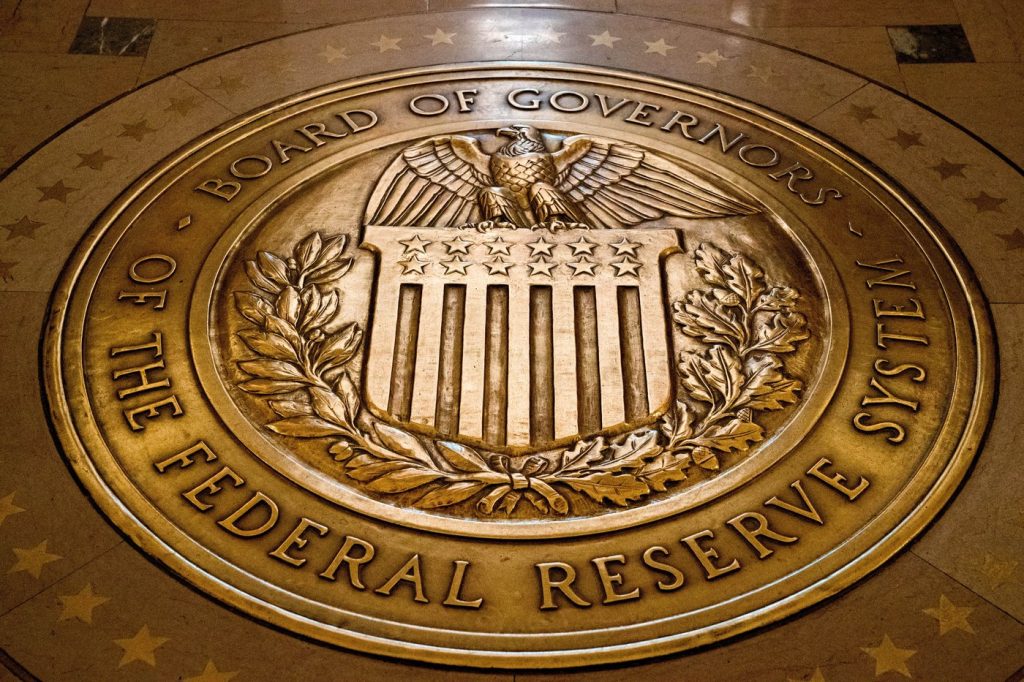President Donald Trump’s attempt to dismiss a member of the Federal Reserve’s governing board has triggered significant concern among economists and legal experts, marking a potential threat to the central bank's independence, a cornerstone in the economic stability of the United States. This unprecedented move targets Lisa Cook, the first Black woman appointed to the Federal Reserve's seven-member board. Should the dismissal proceed, it would be the first instance in the Federal Reserve’s 112-year history of a president attempting to remove a governor.
Trump's justification for pursuing Cook's firing lies in allegations made by one of his appointees, suggesting possible mortgage fraud. However, Cook argues in a lawsuit aimed at blocking her dismissal that these allegations serve as a façade for Trump's ulterior motive: to gain increased control over the Fed. A court is expected to decide soon whether to temporarily prevent Cook's firing as the legal case unfolds.
The accusations against Cook involve claims that she had represented two residences as her primary home in July 2021, potentially obtaining a lower mortgage rate compared to classifying one of the properties as a second home or investment property. Cook has indicated in her lawsuit that this may have been a mere clerical error, but she has refrained from addressing the allegations directly.
The implications of Trump’s attempt to exert control over the Federal Reserve extend to everyday Americans, as economists are concerned that a Fed loyal to the president would significantly reduce short-term interest rates. Such a move could lead to increased inflation over time and ultimately result in higher borrowing costs for mortgages, car loans, and business loans. Trump pressures the Fed to lower interest rates to as low as 1.3%, a significant drop from the current rate of 4.3%.
Historically, presidents have sought influence over the Fed, yet Trump’s actions reflect an escalation in the ongoing tension between elected officials and central banking experts. Jon Faust, an economist at Johns Hopkins and former adviser to Jerome Powell, current Fed Chair, noted that Cook's situation may be less significant than what it reveals about the broader threats the Fed faces, stating, "Fed independence really now hangs by a thread."
Most economists advocate for an independent Federal Reserve, allowing it to make critical decisions devoid of short-term political pressures. Research indicates that countries with independent central banks experience lower inflation over the long term, a crucial factor for economic stability. Despite these advantages, elected officials, including Trump, often push for lower rates to stimulate immediate economic activity.
Douglas Elmendorf, an economist at Harvard and former director of the Congressional Budget Office, warned that the president's proposed rate cut could lead to economic overstimulation and elevated inflation levels, similar to conditions witnessed during the COVID-19 pandemic. He cautioned that if the Fed becomes subject to presidential control, inflation in the U.S. could persist for an extended period.
The dilemma presents a historical parallel with past presidents who pressured the Fed during critical times. For instance, President Lyndon Johnson urged Fed Chair William McChesney Martin in the 1960s to maintain low rates to support expansive government spending, contributing to the prolonged inflation of that era. Similarly, Richard Nixon pressured then-Chair Arthur Burns before the 1972 election, resulting in adverse inflationary outcomes.
Trump's intention to lower rates further raises alarms about potential risks to the Fed's congressional mandates of controlling inflation and reducing unemployment. While the president may influence board appointments, the Fed exists to insulate itself from immediate political pressures. Governors are appointed to staggered 14-year terms, ensuring that no single president can exert outsized influence over monetary policy.
As the political landscape evolves, Trump’s administration is aiming to reform the governance of the Federal Reserve. Vice President JD Vance has argued for more democratic accountability within the Fed, citing a need for broader input from the populace in decision-making processes involving critical economic policies.
Looking ahead, the implications of these developments on the Fed's structure and function could be profound. The Federal Reserve's interest rate decisions are made through a committee comprising the seven governors and the presidents of the 12 regional Fed banks. The process of appointing these regional presidents, set to occur in February, might become contentious if the governing board chooses to reject candidates.
A potential "nuclear scenario" could arise if there are significant disruptions in the reappointment process, which would signal severe instability within the Federal Reserve and undermine its core mission.










